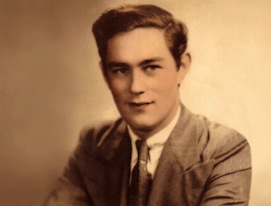As part of reporting on neurosurgeon Robert Gross’s work with patients who have drug-resistant epilepsy, I interviewed a remarkable woman, Barbara Olds. She had laser ablation surgery for temporal lobe epilepsy in 2012, which drastically reduced her seizures and relieved her epilepsy-associated depression.
Emory Medicine’s editor decided to focus on deep brain stimulation, rather than ablative surgery, so Ms. Olds’ experiences were not part of the magazine feature. Still, talking with her highlighted some interesting questions for me.
Emory neuropsychologist Dan Drane, who probes the effects of epilepsy surgery on memory and language abilities, had identified Olds as a good example of how the more precise stereotactic laser ablation procedure pioneered by Gross can preserve those cognitive functions, in contrast to an open resection. Read more





